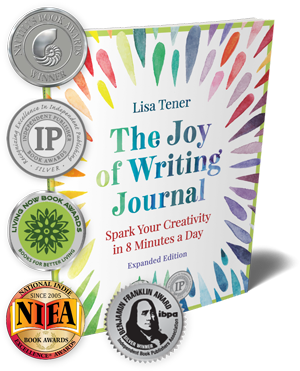I am writing in response to Mary O’Connor’s comment/ question for the writing coach:
“What advice would give to someone with a fully formed book about addicted mothers of young children? I don’t know how to frame the format and include my personal story, my professional story and the macro effects of current policy on our culture and future.
“Hint – I want to testify before congress, but am not sure of my audiance. Thank you for this resource. I love it. Floundering in upstate Michigan.”
Mary, you bring up a very important point. You can’t write for EVERYBODY. What you can do, though, is picture your audience like a dartboard. Who is the core audience you’re writing for? They’re your bulls eye. What other secondary audiences would be interested in your book? They would form outer rings on the board.
Before organizing your book, or writing a table of contents, I would clarify the core audience, then maybe have a chapter each to address the needs of any secondary markets or audiences (or you can use appendices). Another option is to use sidebars in each chapter.
Let’s say, for example, if you decide your core audience is family members of the addicted moms, for lawmakers/policy issues, have blue sidebars [sidebars are those boxes that contain relevant text that is either too technical for many readers or might appeal to a subset of readers or provides an example story to illustrate points in the text]; for addictions counselors and professionals, yellow sidebars, etc.
Once you’re clear who the core audience is, ask yourself what they are most looking for and what format would be most useful to them. If the core audience is families of addicts, you might write more of a how-to book with memoir elements. The last chapter or two could include more societal/global issues. Or you can include sidebars with those issues in each chapter.
Make sure your first chapter or introduction captures the reader’s interest. Let the reader know what they’ll get out of your book and provide inspiring and motivating examples of people you’ve helped. Good stories always captivate-use anecdotes.
Now, if you’re asking, how do you decide who the core audience is, let me know and please provide a little more information on all your goals, and I’ll write up another blog post!
Does that help?



Thank you Lisa, your response is very helpful. You are right, My ultimate goal is to change policy by presenting a case for family unification and reducing stigma on mothers in addiction. But I also want the mothers themselves to be part of the solution by creating a sisterhood that will be effective in driving policy changes. I also want the jail/foster care system to disappear as a solution.
Thanks I will go to my dart board now. I appreciate your help. MO’C
I found Amazon.com helpful. You can look up book titles with the tag line you’re concerned about, or a title you are interested in. The book will show up and when you scroll down to the bottom of the page you can actually see the percentage of sales of each book. There will be a number next to the words:
“Amazon Best Sellers Rank” Any number under 10,000 is good. This can give you a feel for what’s selling today, and or, who your audience may be.
I hope that helps.
Jo
This approach works very well for certain types of nonfiction books, but what about memoir? I’m having a little trouble adapting it.
Thanks for your help.
You might try starting with a particularly compelling scene and then work backwards to tell most of the story in the order it happened with some flashbacks, but not enough to confuse your reader. Shorter time frame work best (don’t try to tell a story birth to now, but compress it into a tighter time frame ( a week, a month, a year) with flashbacks where needed.